In the incredible world of home preservation, one of the simplest and most efficient techniques available to us is freezing. Yes, that humble ‘icebox’ in your kitchen is a powerhouse of preservation, capable of making your favourite fruits, veggies, and even preserves available to you for months on end. So, let’s embrace the chill and explore the art and science of preserving fresh produce and preserves at home through freezing.
CLICK HERE FOR Freezing for Preserving Part 2: What Works

The Benefits of Freezing Fresh Produce
In our fast-paced, modern world, freezing fresh produce has become a popular method of food preservation. Here’s why:
Longer Shelf Life
Freezing fresh produce extends its shelf life significantly. This means you can enjoy your favourite fruits and vegetables any time of the year, regardless of seasonality.
Nutrient Retention
When properly frozen, fresh produce retains most of its nutritional value. So, you’ll still get those important vitamins and minerals even if you’re consuming them much later.
Cost-Effective

Buying in bulk during the peak season and then freezing can save you a significant amount of money. You also get to make the most of being able to store the glut of your homegrown produce.
Plus, you also reduce food waste, which is another way to save.
Convenience
Having a stash of frozen produce in your freezer means you always have ingredients ready for a quick meal. It saves you prep time and reduces the number of trips to the grocery store.
Food Safety
Freezing can help eliminate harmful bacteria, making your food safer to consume. This is particularly beneficial in modern times, where food safety is a growing concern.
Versatility in Cooking
From smoothies and stir-fries to soups and baked goods, frozen produce can be used in a variety of dishes. This allows you to experiment and diversify your meals.
Zero Preservatives
Unlike canned goods, freezing doesn’t require any additives or preservatives. You get to enjoy the natural taste and texture of your fruits and vegetables.
Reducing Carbon Footprint
By reducing the need for constant transportation of fresh produce, freezing helps lower carbon emissions, contributing to environmental sustainability.
Promoting a Healthy Diet
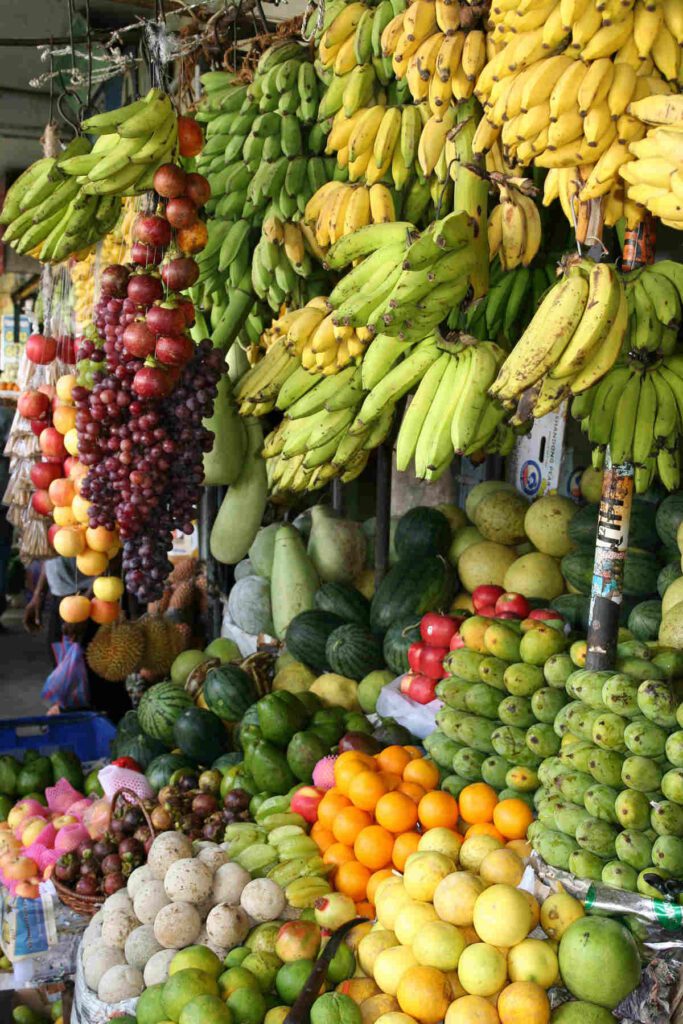
With a stockpile of nutrient-rich fruits and vegetables at your disposal, maintaining a balanced diet becomes much easier.
The benefits of freezing fresh produce are numerous and align well with our modern lifestyles. Next time you find yourself with an abundance of fruits or veggies, consider freezing them – your future self will thank you!
The Basics of Freezing Fresh and Preserved Foods
When we talk about preserving foods, freezing is one of the most popular methods that comes to mind. It’s a convenient, efficient, and easy way to extend the shelf life of many types of food, from fresh produce to prepared meals.
The Science Behind Freezing
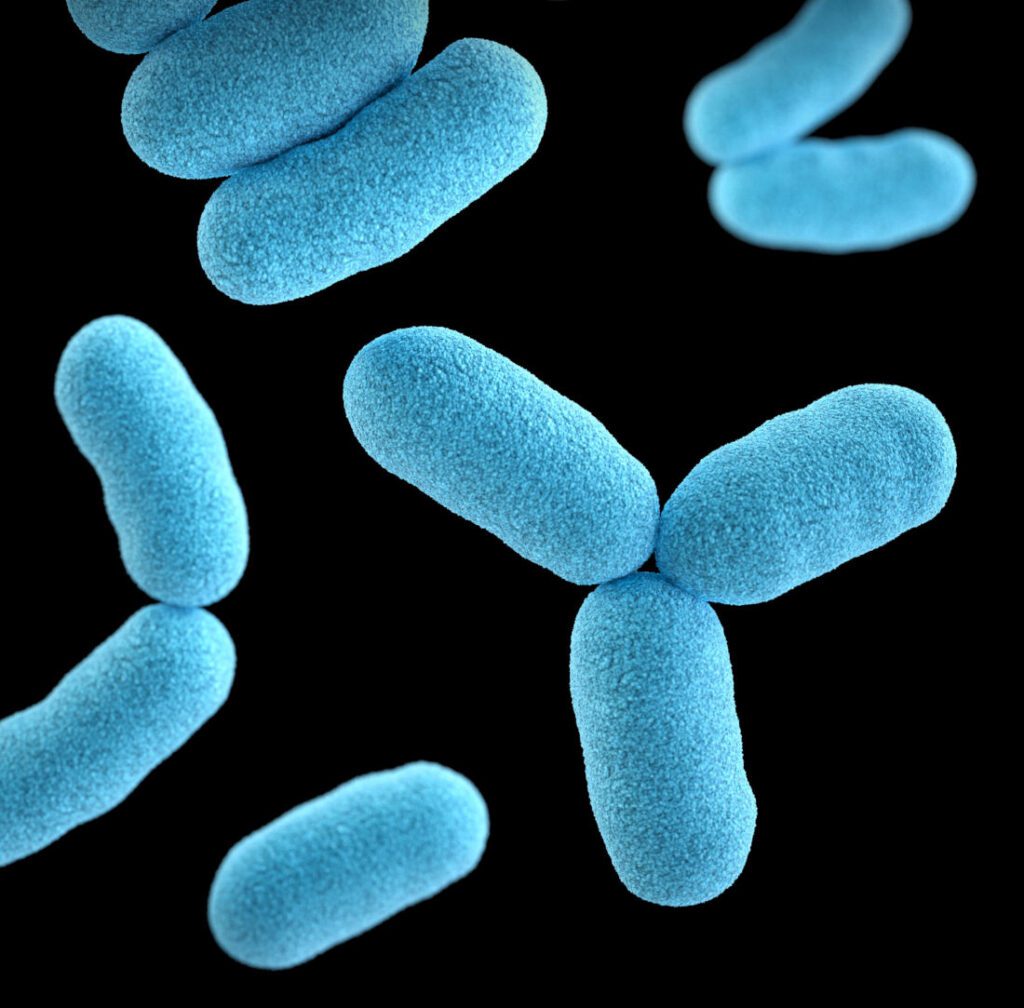
Freezing works by slowing down the growth of microorganisms and enzymes that cause food to spoil. When you freeze food, the water content within the food forms ice crystals. This process prevents the bacteria from multiplying, essentially putting them into a dormant state, thus preserving the food.
However, it’s important to note that freezing doesn’t kill all bacteria or microbes – it merely slows their growth. Once the food is thawed, these bacteria can become active again. That’s why it’s crucial to handle and cook thawed food properly to ensure its safety.
The Ideal Freezer Temperature
According to food safety standards, the optimal temperature for freezing food is at or below -18°C (0°F). At this temperature, the food will freeze hard, which helps maintain its quality and nutritional value.
Keeping your freezer at the right temperature is essential for food preservation. If the temperature fluctuates or rises above -18°C, it can lead to a ‘freezer burn.’ This condition occurs when air reaches the food’s surface and dries it out, causing discolouration and affecting the taste and texture. While food with freezer burn is still safe to eat, it won’t be as enjoyable as properly frozen food.
How to Prepare Foods for Freezing
Food Hygiene Before Freezing
Food hygiene is paramount when it comes to preserving food, and this includes freezing. Ensuring your food is clean and properly prepared before freezing not only helps maintain its quality but also prevents the spread of bacteria and other potential foodborne illnesses.
Before you freeze anything, it’s crucial to start with clean hands, clean utensils, and a clean workspace. This reduces the risk of contaminating your food with harmful bacteria.
Preparing Different Foods for Freezing
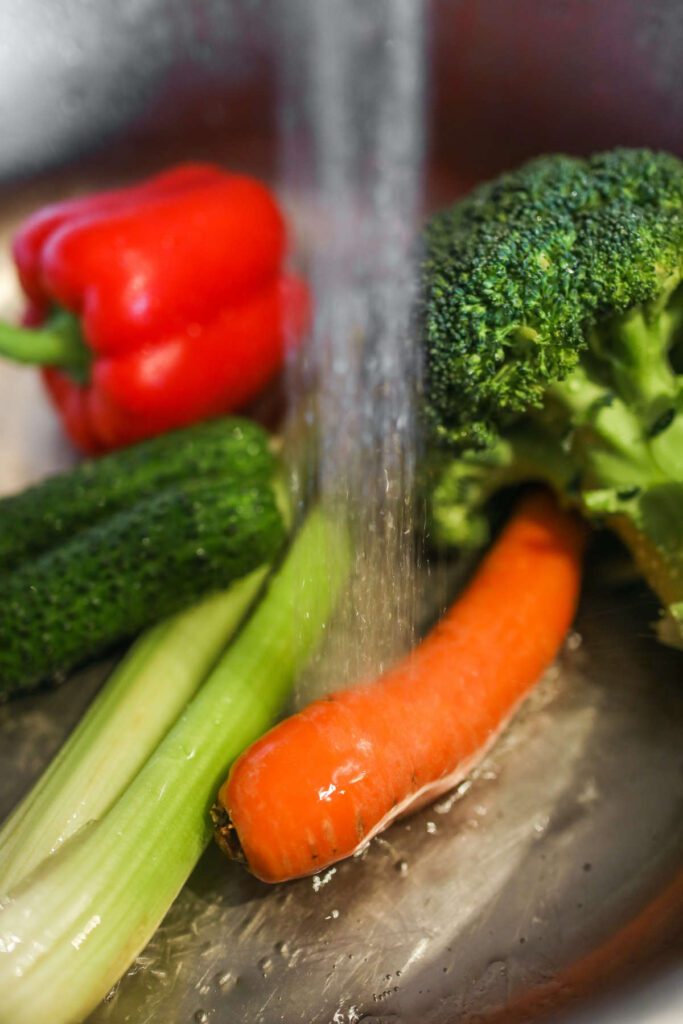
Vegetables
Begin by washing your vegetables under cool running water to remove any dirt or bacteria. Trimming off any damaged or bruised areas is also recommended as these spots can harbor bacteria.
For most vegetables, blanching is the next step. Blanching — briefly boiling then plunging vegetables into cold water — helps maintain their colour, flavour, and nutritional value during freezing. After blanching, let the vegetables cool, then pack them into freezer bags or containers.
Fruits
Similar to vegetables, fruits should be trimmed and cleaned under cool running water.
Drying them thoroughly before freezing helps prevent ice crystals from forming on the surface.
Depending on the type of fruit, you might want to peel and cut it into pieces before freezing. Berries can be frozen directly after washing and drying.
Herbs
Freezing herbs is a fantastic way to retain their fresh flavour and extend their usability. There are several methods you can use, each offering a convenient solution for those times when you have more herbs than you can use right away.
Preserves
When freezing preserves like jams, jellies, or sauces, portioning is key. Consider how much you typically use at one time and freeze in those amounts. This prevents you from needing to thaw and refreeze the preserve repeatedly, which can degrade its quality.
Remember to leave some headspace in jars or containers to allow for expansion as the preserve freezes.
So, taking the time to prepare your food properly before freezing can significantly enhance the quality of your preserved foods. It’s an essential part of food preservation that aids in maintaining food safety and nutritional value.
Packaging for the Freezer
When it comes to freezing food, the containers you choose are just as important as the food you’re preserving. Utilizing freezer-safe containers is crucial in maintaining the quality of your frozen foods and preventing potential problems.
Freezer Containers
There’s a wide range of containers that are suitable for freezing food. Here’s a quick rundown:
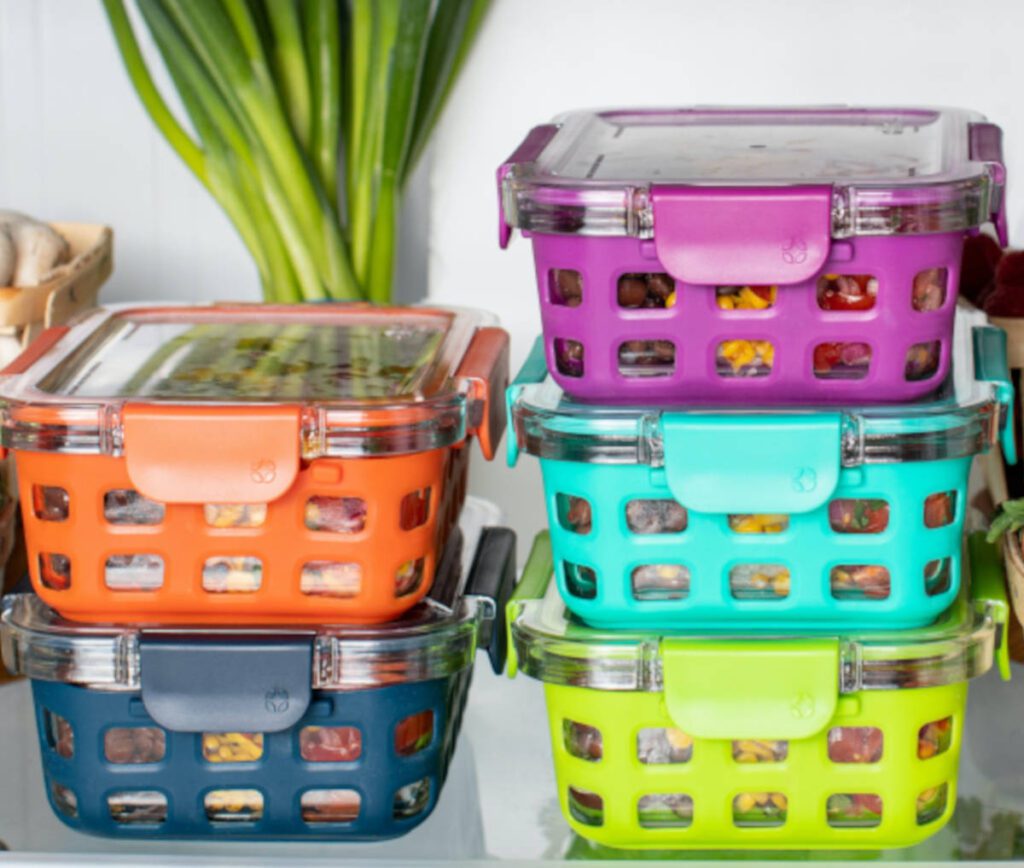
1. Plastic Containers
These are perhaps the most common type of freezer-safe containers. They come in various sizes and shapes, making them versatile for different types of foods.
Look for ones labelled as ‘freezer-safe’ as these are designed to withstand freezing temperatures without cracking or breaking.
2. Freezer Bags
Ideal for storing fruits, vegetables, meat, and even liquids like soups and sauces, freezer bags are an excellent choice.
They’re space-efficient and can be easily labelled and stacked. Opt for heavy-duty bags to prevent leaks and freezer burns.
3. Glass Containers
While not all glass is created equal, certain glass containers are freezer-safe. These are usually made from tempered glass, which can handle extreme temperature changes.
Just be sure to leave enough headspace when filling them, as food expands when frozen and can cause the glass to break if filled too full.
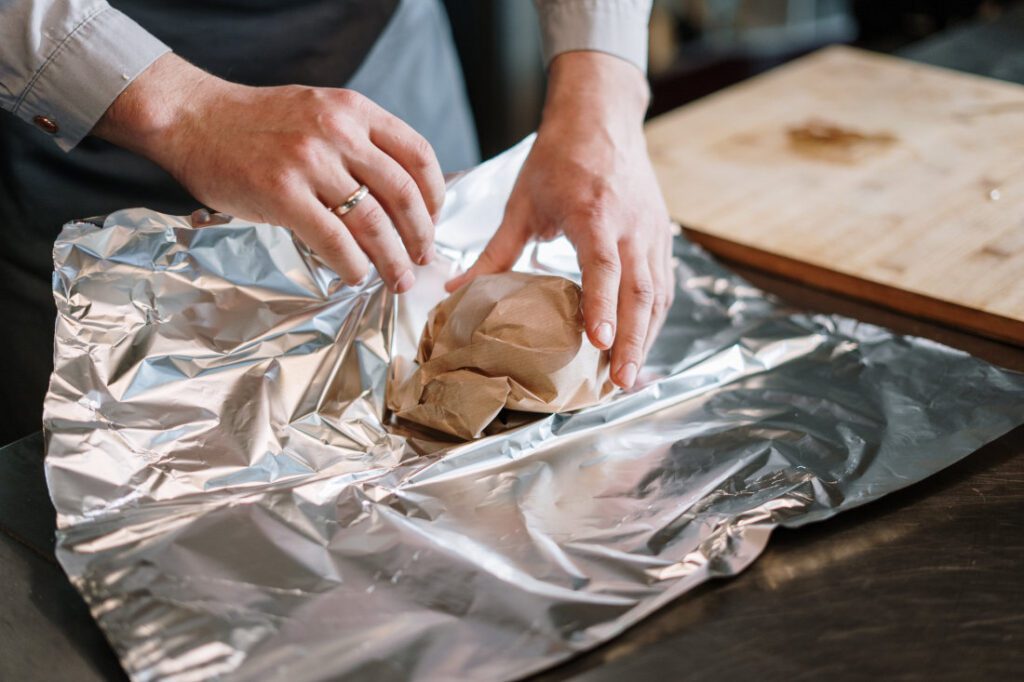
4. Aluminium Foil and Freezer Wrap
These materials are great for wrapping solid foods like meats and baked goods. They provide a tight seal and protect against freezer burn.
Problems Associated with Improper Packaging
Not using appropriate freezer-safe containers can lead to several issues:
Freezer Burn
This occurs when air reaches the food’s surface and causes dehydration and oxidation. This may happen due to a container not being sealed or packaging being broken. The result is discoloured, dried-out patches on the food, affecting its taste and texture.
Broken Glass
Regular glass containers may crack or shatter in the freezer because they’re not designed to withstand extreme cold.
Freezing a jar of preserves without leaving enough headspace can lead to potential problems. As the preserves freeze, they expand, and without the necessary room to do so, the jar can crack or even shatter. It’s always best to leave about half an inch of headspace in the jar to allow for this expansion and prevent breakage.
Leakage
Inadequate containers may not seal properly, leading to leaks that can create a mess in your freezer.
Therefore, choosing the right freezer-safe containers is a vital part of the freezing process. They help maintain the quality of your food, maximize storage space, and make it easier to organize your freezer.
So, invest in good-quality freezer-safe containers and enjoy the benefits of well-preserved, high-quality frozen foods.

Effective Thawing Practices
Thawing frozen food safely is just as important as freezing it properly. There are several safe methods to thaw frozen foods: in the refrigerator, in cold water, or the microwave.
1. Thawing in the refrigerator is perhaps the safest method, although it does require some planning ahead as it can take several hours to a couple of days, depending on the size of the food item.
2. Cold water thawing is faster; the food must be in a leak-proof package or plastic bag and submerged in cold water, with the water being changed every 30 minutes.
3. Microwave thawing is the quickest, but it should be used judiciously as it can partially cook the food, changing its texture and taste.
*Leaving food to thaw on the counter is an unsafe practice because as the food thaws, the outside can reach a temperature conducive to bacterial growth while the inside is still frozen. This can lead to foodborne illnesses, especially if the food is not cooked immediately after thawing.
It’s always best to choose a safe thawing method that maintains the quality of your food and ensures it’s safe to eat.
The Golden Rule: Avoid Refreezing
Risk of bacterial growth
Refreezing previously frozen food can pose potential risks, primarily because of the way freezing and thawing affects the growth of bacteria. While freezing slows down or stops bacterial growth, it doesn’t kill bacteria. When you thaw food, particularly at room temperature, the bacteria that were present before freezing start to multiply again.
If you refreeze the food without cooking it first, you’re simply putting these bacteria back into a dormant state, allowing them to multiply again when the food is eventually thawed for the second time. Each cycle of freezing, thawing, and refreezing increases the risk of foodborne illness.
Changes to the qualities of the food
Moreover, the quality of food can suffer with each freeze-thaw cycle. The formation of ice crystals during freezing can damage the cell structure of food, leading to changes in texture and loss of moisture. Multiple cycles can exacerbate this effect, resulting in a dry and mushy texture when the food is finally cooked.
Exceptions to this rule may be when the food is thawed in the refrigerator and hasn’t been left out at room temperature for more than two hours. Or when the thawed food has been cooked to a safe temperature before being refrozen. But even in these cases, while the food might be safe to eat, its quality may still be compromised.
So, while there may be situations where refreezing previously frozen food is necessary, it’s best to plan ahead and only thaw what you need to minimize potential risks and maintain the best quality of your food.

In conclusion, freezing is an incredibly versatile and efficient method of preserving a wide variety of foods. It offers the convenience of having ingredients and meals ready at your fingertips, reduces food waste, and helps to maintain the nutritional value of fresh food. While there are a few challenges, they can be easily overcome with the right knowledge and techniques.
If you’ve never considered freezing as a preservation method before, I encourage you to give it a try. Start with a few items and see how it works for you. You might find that having a well-stocked freezer not only provides you with a greater variety of food options but also makes meal planning and preparation easier. So unlock the potential of your freezer today!